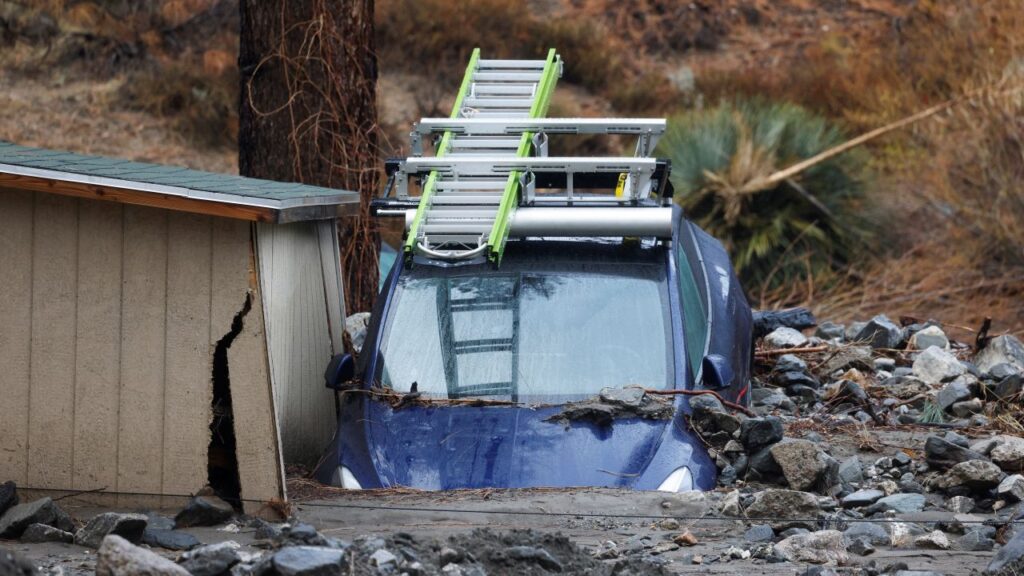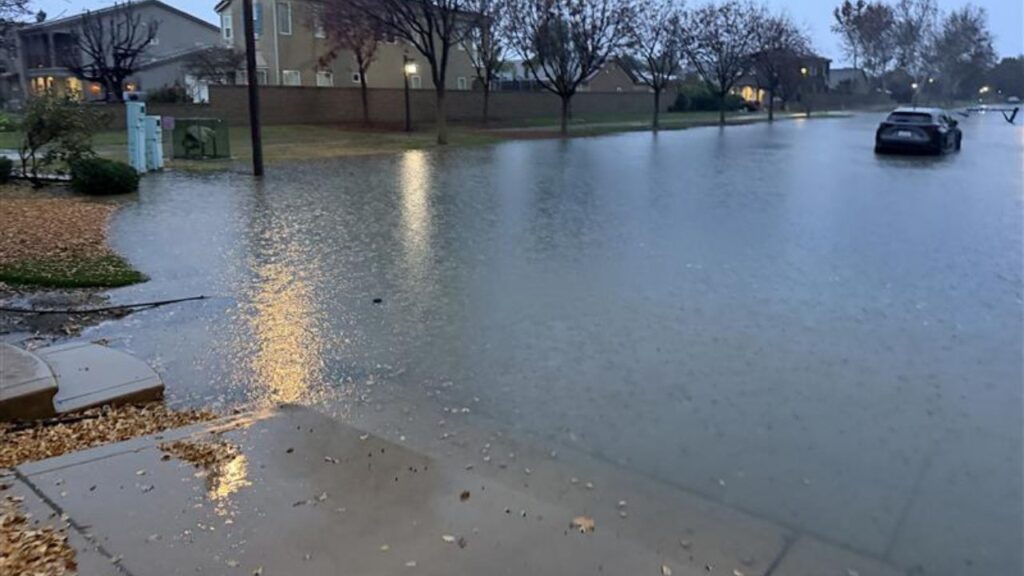Share
Matthew Polamalu was spending 1.5 hours each day commuting back and forth to community college along Southern California’s congested freeways when he decided he’d had enough.

Opinion
Felicia Mello
CALmatters
“I was just looking for the full college experience,” said the psychology major. He found it in a residence hall at Sierra College, along a winding, tree-lined road in the Sacramento suburb of Rocklin. There, Polamalu can easily stroll to the classroom next door for math tutoring, and no longer worries about competing with other students for parking spaces.
“I’m right near all the resources I need,” he said.
Think of a community college and you’ll likely picture a commuter school with low-slung buildings and massive parking lots. And you’d be right — out of California’s 114 community colleges, only 11 offer on-campus housing. But some of those parking lots could soon become dormitories as community colleges look to build their own solutions to the state’s affordable housing crisis.
An 800-bed student apartment complex is rising on the campus of Orange Coast College, the largest community college in Orange County. At Santa Rosa Junior College, administrators kicked their plans for dorms into high gear after the Tubbs Fire swept through the wine country town in 2017, exacerbating its housing crunch. And the Los Angeles Community College District, where one student in five is homeless, is one of several districts studying the feasibility of building on-campus housing.
Largely built in rural areas in the 1960s, existing community college dorms were small, meant to serve students from far-flung towns who couldn’t easily commute to class. But the skyrocketing cost of housing has put new pressure on students, adding to potential demand.
Surveys showed the overwhelming majority of Orange Coast students was interested in living on campus, Gutierrez said. Half of the student body comes from outside Orange County, he said, with many avoiding the area’s steep cost of living by commuting from as far as San Diego or the Inland Empire. The project is set to open in the autumn of 2020.
At Sierra College, just over 100 students live in the no-frills residence hall with about twice as many on a waiting list to get in. Slots are set aside for athletes—most of whom come from outside the district—international students, and former foster care youth.
Students pay $925 per month to share a double or quad room, which includes a meal plan that they can use in the cafeteria and nearby off-campus restaurants.
The price was right for Polamalu’s friend Moe Irwin, a natural science major who is visually impaired and uses his disability benefits to pay rent. Cluttered with the typical college-student piles of clothes and books, the space he shares with a roommate is just big enough to fit the basics, plus a few sparkly dresses Irwin wears for drag performances.

With rents in the Sacramento area rising, Irwin said, he would likely need to share a one-bedroom apartment with at least two other people if he wanted to live off-campus.
Finding Affordable Solutions
Community college students facing similar dilemmas without the option of on-campus housing are increasingly resorting to couch-surfing or living in their cars. As state lawmakers debate measures that would allow homeless students to park overnight on campus and provide them with housing vouchers, building dorms offers an alternate path, one that colleges can pursue on their own.
But it also means transforming the character of community college campuses and confronting thorny questions, such as how to make the units actually affordable to students.
While Sierra College built, owns and manages its own residence hall, both Orange Coast College and Santa Rosa Junior College have opted for public-private partnerships with Texas-based developer Servitas and Scion, a management and consulting company.
“We were at the point where it didn’t matter that we were able to provide support or vouchers, people were getting pushed out of the area,” said Avila. “We’re trying to do our part and increase the number of units available to our students.”
Avila said he also hoped to find donors willing to subsidize rents for low-income students.
Colleges can sometimes underestimate the extra expenses that come with building housing, said Sara Goldrick-Rab, a Temple University researcher who studies homelessness and food insecurity among students.
“With housing comes the need to build a whole bunch of other services. If you have students living on or around campus, they want campus dining to be open at different hours and they want libraries open at different hours,” she said. “It becomes a financial expense that is difficult for them to handle and ends up raising their prices even when they thought wouldn’t be doing that.”
Even a building with hundreds of beds might make only a small dent in the housing market on a campus with tens of thousands of students. Traditional dorm-style living doesn’t work for students with families of their own, and community colleges will need to decide which students get priority in applying for the rooms.
“That’s probably going to be the most difficult conversation we haven’t had yet,” Avila said.
Community opposition also can derail a project. Last month, Ohlone College in the San Francisco Bay Area scrapped plans for a mixed-use housing development after neighbors complained it would worsen traffic.
Colleges as Social Service Agencies
Despite the challenges, some advocates say providing housing is simply part of community colleges’ expanding mission. With rampant income inequality darkening the prospects for many young Californians, they say, colleges must play the role of social service agency if they want to remove the obstacles that can prevent students from graduating.
That’s the approach taken by Compton College president Keith Curry. The college recently updated its master plan to include 500 beds of student housing. It already provides free breakfast and lunch to students during finals week, and Curry is lobbying to create a free lunch program for community college students statewide.
“Our students are struggling; they need housing,” Curry said. “If we don’t do it, who’s going to do it for us? Who’s going to help the underserved? That’s our job.”
Early evidence from a project in Washington State indicates that solving community college students’ housing woes can help them graduate. Tacoma Community College partnered with the local housing authority to subsidize housing for students at risk of homelessness. After the first year, 95 percent of the students who got the assistance remained enrolled in college, according to the housing authority, compared with 24 percent of applicants on the waitlist.
Community colleges have advantages that other affordable housing developers don’t, said Dana Cuff, a professor of architecture and director of UCLA’s CityLab who is studying opportunities to build housing on Los Angeles Community College District campuses.

The student housing of the future, she said, could include a range of options for different types of students — inexpensive hostels for super-commuters who only need to stay at school a few nights a week, supportive housing for homeless students, and cooperatives where residents reduce their housing costs by pitching in with cleaning and maintenance. Colleges can keep units affordable by developing their own expertise over time or working with non-profit developers, she said.
“Affordable housing isn’t an area where optimism reigns — it’s more like a battle,” she said. “But I feel positive that community colleges will make demonstration cases that others will learn from, and we’ll see a tipping point where community colleges will really see the advantages of providing housing for their students.”
This story and other higher education coverage are supported by the College Futures Foundation.
CALmatters.org is a nonprofit, nonpartisan media venture explaining California policies and politics.
[activecampaign form=19]



















